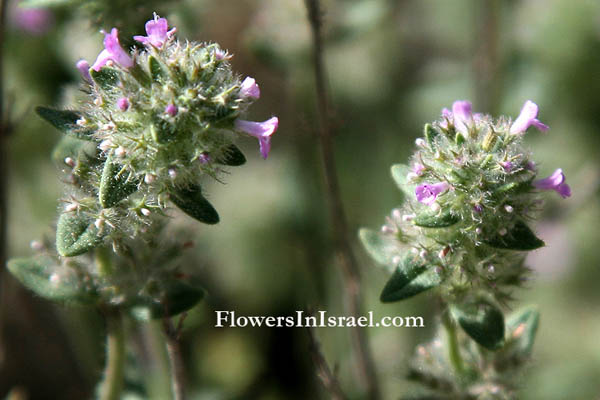Hebrew: גלעינון החוף, Arabic: حلم – حماط
| Scientific name: | Moltkiopsis ciliata (Forssk.) I.M.Johnston | |
| Synonym name: | Lithospermum callosum Vahl | |
| Common name: | Callous-leaved Gromwell | |
| Hebrew name: | גלעינון החוף | |
| Arabic name: | حلم – حماط | |
| Family: | Boraginaceae, זיפניים |

|
| Life form: | Chamaephyte | |
| Stems: | 30-60 cm; fine hairs interspersed with a few bossed strigose hairs | |
| Leaves: | Alternate, entire | |
| Inflorescence: | Terminal, axillary, leafy cymes | |
| Flowers: | Dark Blue | |
| Fruits / pods: | Nutlets | |
| Flowering Period: | March, April, May | |
| Habitat: | Sand | |
| Distribution: | Mediterranean Woodlands and Shrublands, Shrub-steppes, Deserts and extreme deserts | |
| Chorotype: | Saharo-Arabian | |
| Summer shedding: | Perennating |

Derivation of the botanical name: Moltkiopsis, Moltkia for the Danish noble Joachim Gadske Moltke (1746 - 1818); resembling Moltkia. ciliata, fringed with hairs; ciliate. Lithospermum, lithos, λιϑοϛ, stone; with very hard stomelike seeds. callosum, with a hard skill, thick-skinned, callous; calloused. The Hebrew name: גלעינון, galinon, from גלעין, galin, pit, stone (in fruit), kernel; a collateral form of גרעין, gar'in.
|